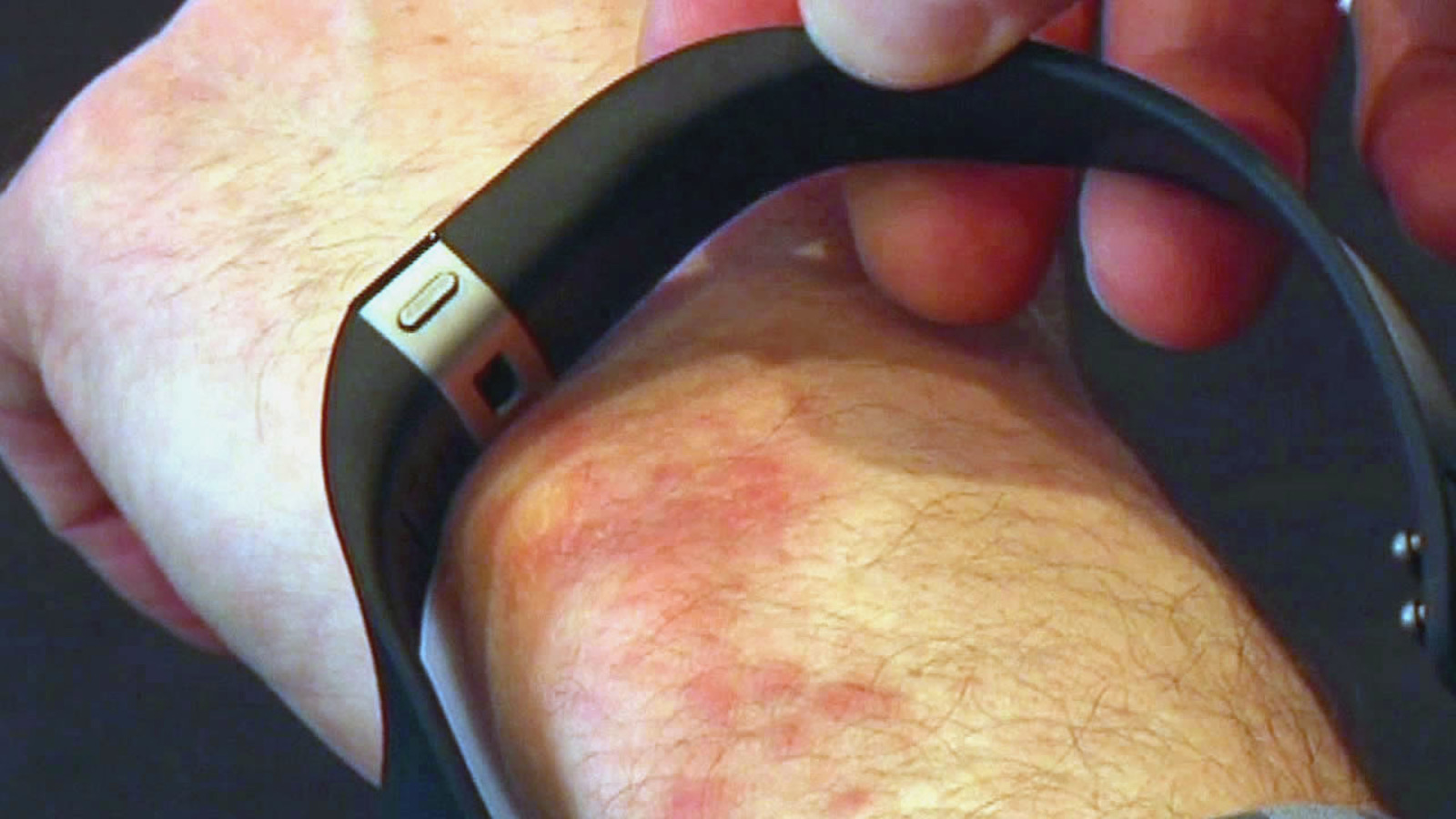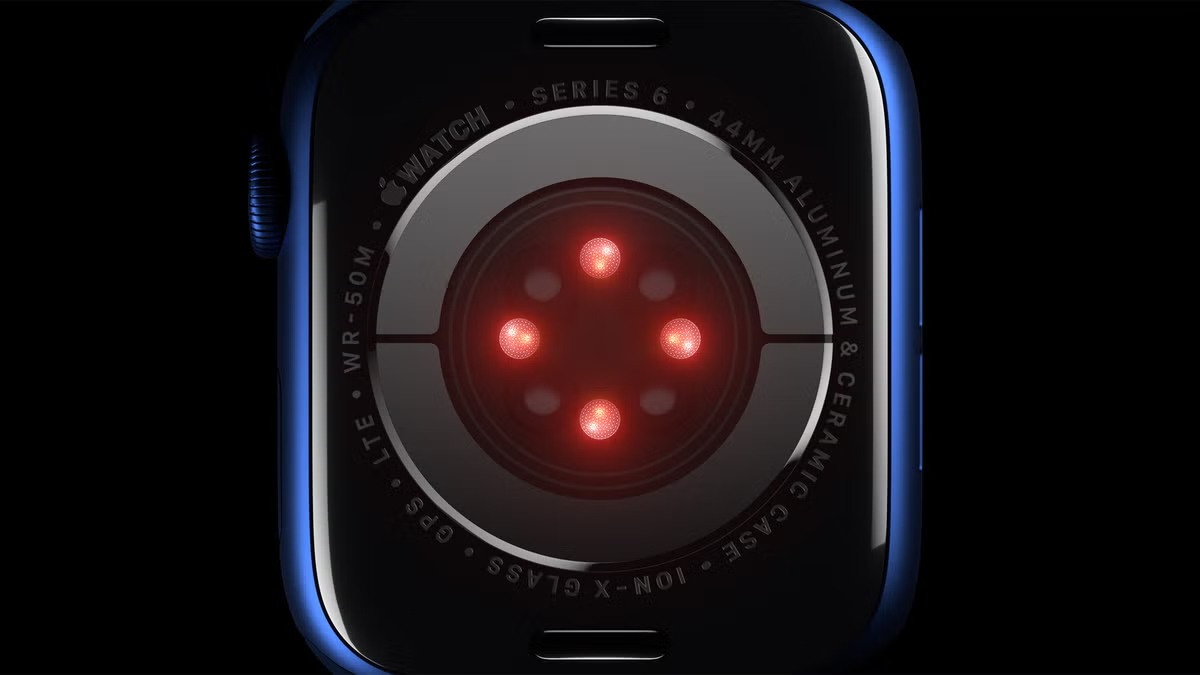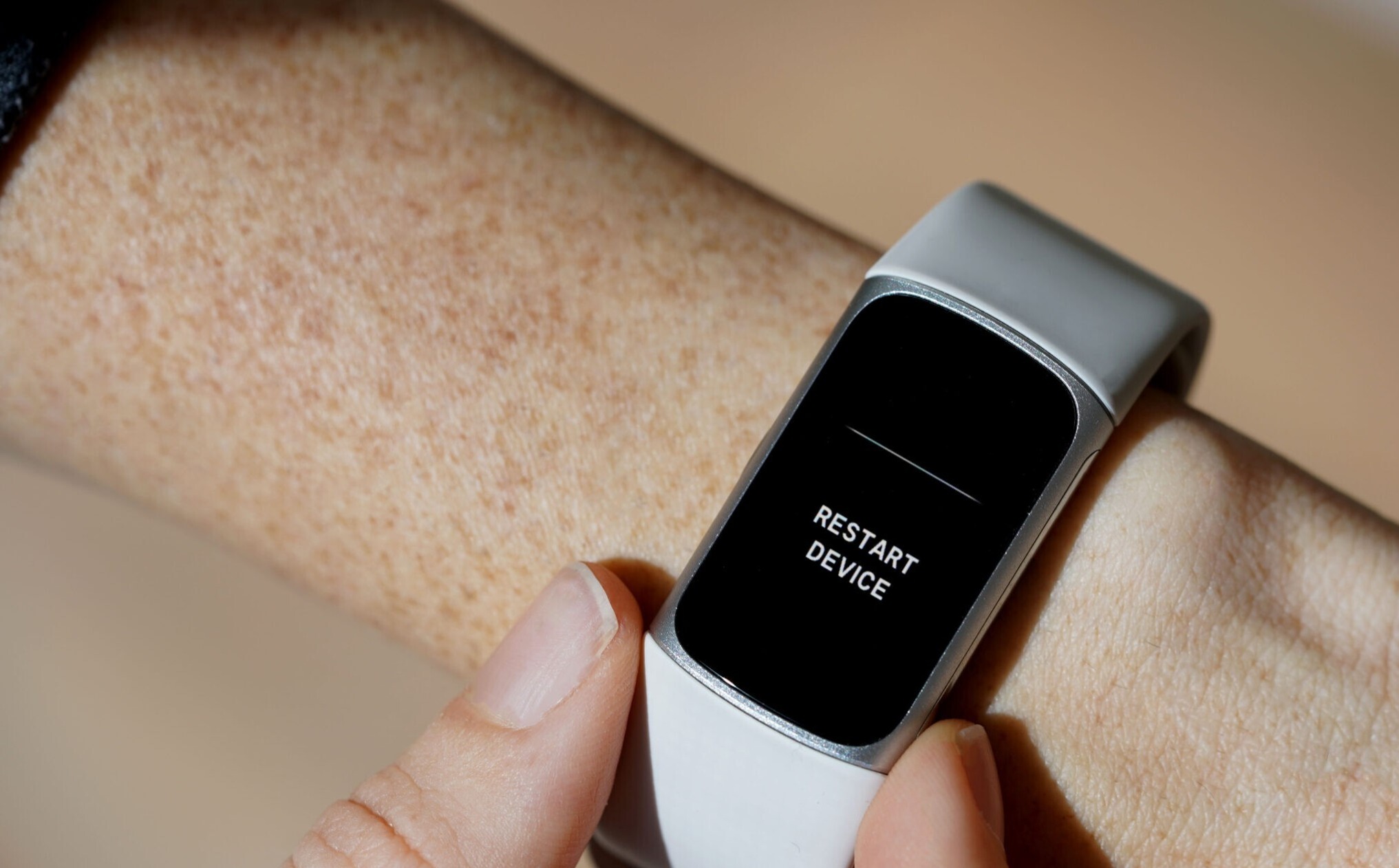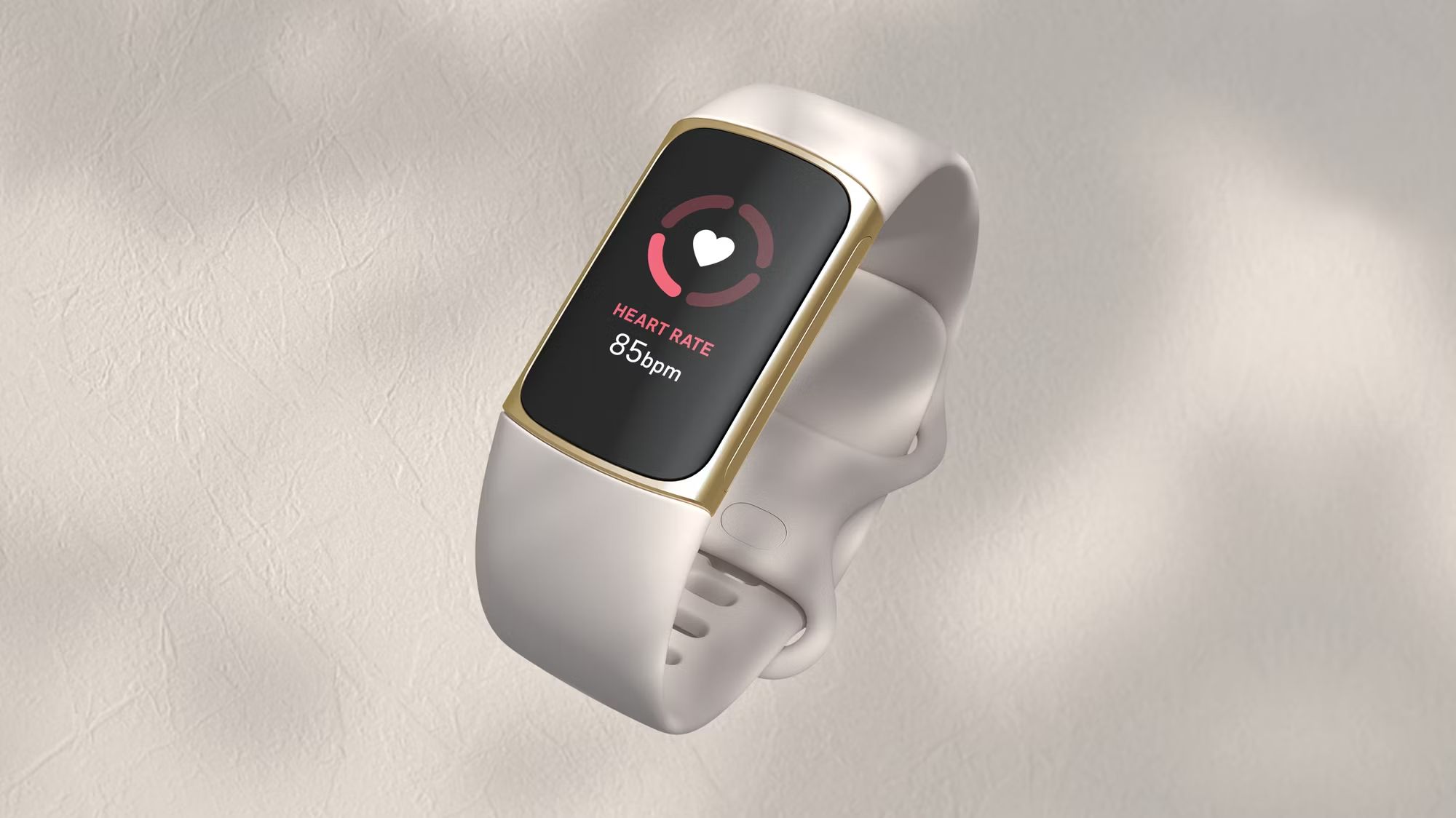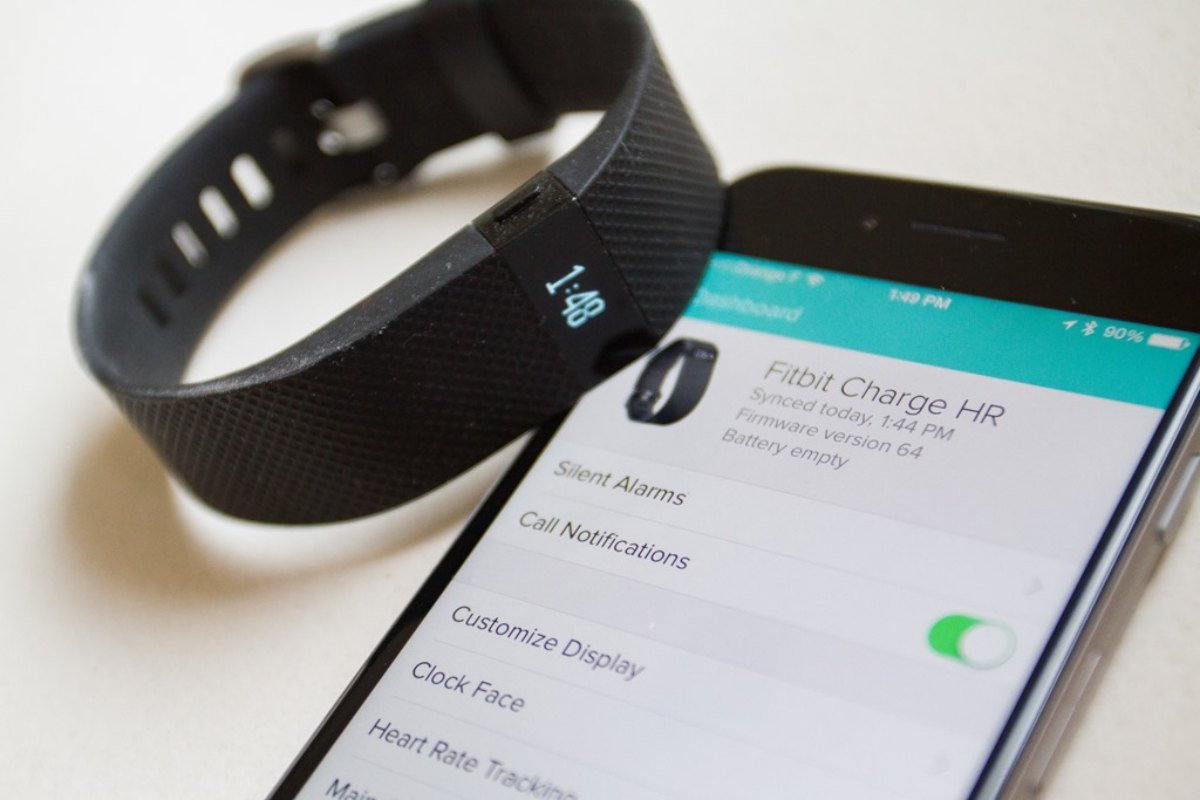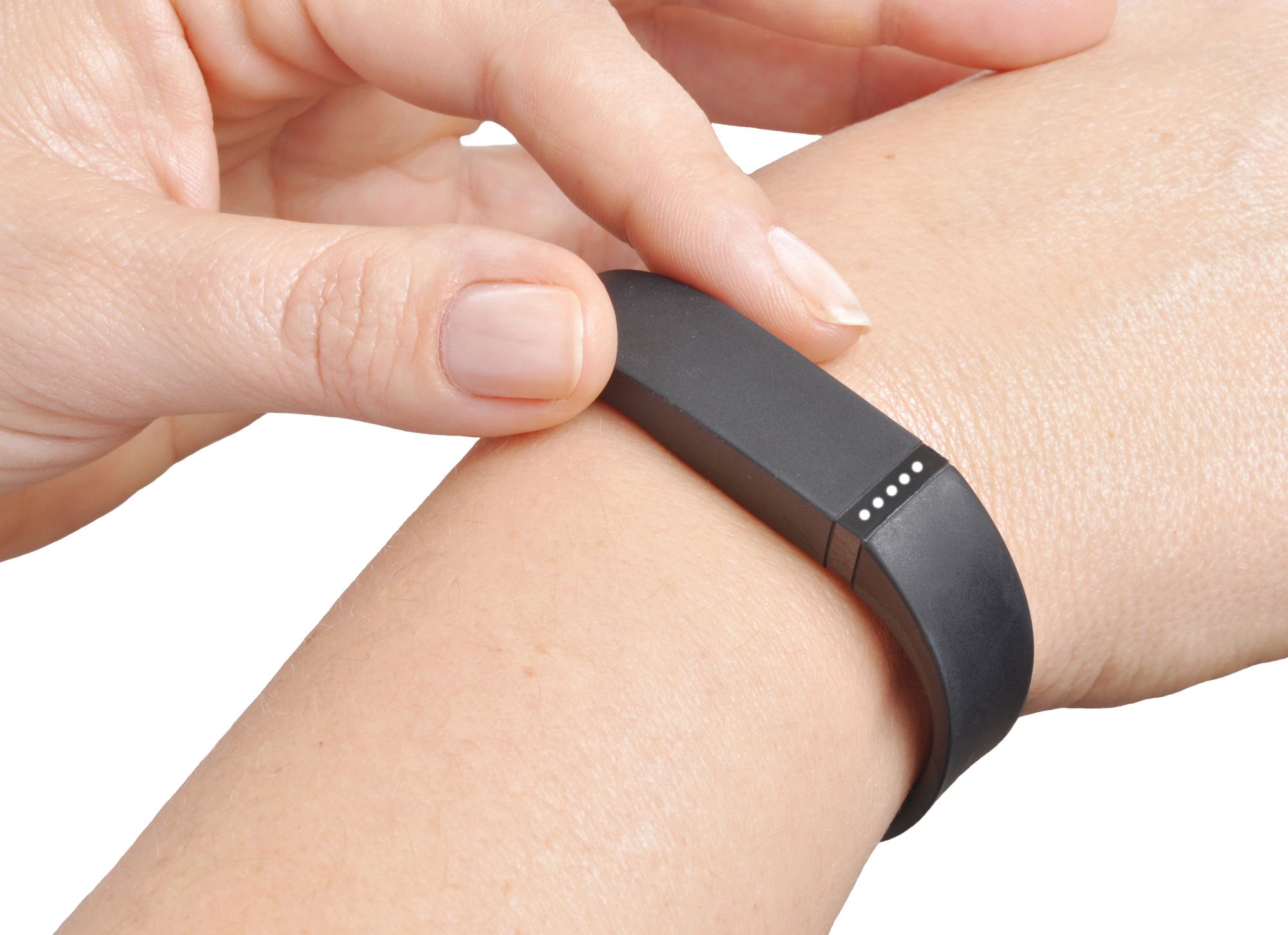Introduction
Wearable technology has revolutionized the way we monitor and improve our health. From smartwatches to fitness trackers, these devices have become indispensable tools for individuals striving to lead healthier lifestyles. However, as wearable devices have become more prevalent, so too have reports of skin irritations and rashes associated with their usage. This phenomenon has left many users puzzled and concerned about the potential health implications of their beloved fitness trackers.
The emergence of skin rashes related to wearable technology, particularly Fitbit devices, has prompted a closer examination of the materials and design of these gadgets. Understanding why these rashes occur, their symptoms, and how to prevent and treat them is crucial for individuals who rely on wearable technology to track their fitness goals and overall well-being.
In this article, we will delve into the underlying causes of these skin irritations, explore the common symptoms experienced by affected individuals, and provide practical tips for preventing and treating wearable-related rashes. By shedding light on this issue, we aim to empower users to make informed decisions about their wearable devices and ensure that their journey toward a healthier lifestyle remains free of unnecessary obstacles.
What Causes the Rash?
The emergence of skin rashes associated with wearable technology, particularly Fitbit devices, has sparked concerns about the potential triggers behind these irritations. The primary culprit behind these rashes is often attributed to the materials used in the construction of the wearable device, such as the wristband or the sensor components that come into direct contact with the skin. Many fitness trackers, including Fitbit, utilize materials like rubber, plastic, or metal in their construction. While these materials are generally considered safe and durable, they can potentially lead to skin irritations and allergic reactions in some individuals.
One of the leading causes of skin rashes is the prolonged contact between the wearable device and the skin, which can create a warm and moist environment conducive to the growth of bacteria and fungi. This can result in irritant contact dermatitis, a condition characterized by redness, itching, and inflammation of the skin. Furthermore, the friction between the device and the skin during physical activity or extended wear can exacerbate these symptoms, leading to discomfort and skin abrasions.
In addition to the materials and prolonged contact, certain individuals may be sensitive or allergic to specific components used in the manufacturing of wearable devices. For instance, the adhesives, dyes, or metals present in the device can trigger allergic reactions in susceptible individuals, manifesting as redness, swelling, or blistering of the skin.
Moreover, inadequate hygiene practices, such as infrequent cleaning of the device and the skin underneath, can contribute to the accumulation of sweat, dirt, and bacteria, further aggravating the risk of developing a rash. The combination of these factors underscores the importance of understanding the potential causes of wearable-related rashes and taking proactive measures to mitigate their impact on skin health.
By comprehending the underlying factors that contribute to these skin irritations, users can make informed decisions when selecting and using wearable devices, ensuring that their journey toward a healthier lifestyle remains free of avoidable skin complications.
Common Symptoms
The manifestation of skin rashes related to wearable technology, particularly Fitbit devices, can present a range of common symptoms that individuals should be attentive to. These symptoms often serve as indicators of underlying skin irritations and can vary in severity from mild discomfort to more pronounced reactions. Recognizing these common symptoms is crucial for users to promptly address any potential issues and seek appropriate remedies.
One of the most prevalent symptoms experienced by individuals affected by wearable-related rashes is redness or erythema in the areas of skin contact with the device. This redness may appear as a distinct rash pattern corresponding to the shape and size of the wearable device, signaling localized skin irritation. Additionally, individuals may notice itching or pruritus in the affected areas, which can range from mild to intense and may interfere with daily activities and comfort.
In some cases, prolonged wear or sensitivity to the materials used in the device can lead to the development of small bumps or papules on the skin. These papules may be accompanied by a sensation of warmth or tenderness in the affected areas, indicating an inflammatory response to the continuous contact with the wearable device. Furthermore, individuals may experience skin dryness or flakiness, particularly in regions where the device exerts consistent pressure or friction against the skin.
As the skin irritation progresses, some individuals may observe swelling or edema in the affected areas, indicating a more pronounced inflammatory reaction. This swelling can contribute to discomfort and may be accompanied by a sensation of tightness or pressure. In more severe cases, the skin may develop blisters or vesicles, signifying a heightened allergic or irritant response to the materials or components of the wearable device.
It is important to note that the severity and persistence of these symptoms can vary among individuals, with some experiencing mild and transient reactions, while others may encounter more persistent and bothersome symptoms. By recognizing these common symptoms, individuals can proactively address any potential skin irritations related to their wearable devices, seek appropriate medical advice if necessary, and take preventive measures to promote skin health.
Understanding the common symptoms associated with wearable-related rashes empowers users to monitor their skin's response to these devices, enabling them to take proactive steps to mitigate potential irritations and ensure a positive wearable experience.
Preventing and Treating the Rash
Preventing and addressing wearable-related rashes is essential for maintaining skin health while benefitting from the functionalities of fitness trackers and smartwatches. By implementing proactive measures and adopting appropriate strategies, individuals can minimize the risk of developing skin irritations and effectively manage any existing rash. Here are practical tips for preventing and treating wearable-related rashes:
Preventive Measures
-
Wear the Right Fit: Ensure that the wearable device fits comfortably on the wrist without being too tight or too loose. A proper fit reduces friction and minimizes the potential for skin irritation.
-
Material Selection: Opt for wearable devices with hypoallergenic materials, such as silicone or breathable fabric bands, to reduce the risk of allergic reactions or skin sensitivities.
-
Regular Cleaning: Clean the wearable device and the skin underneath regularly to remove sweat, dirt, and bacteria. This prevents the accumulation of irritants and reduces the likelihood of developing a rash.
-
Skin Protection: Apply a thin layer of hypoallergenic barrier cream or petroleum jelly on the skin underneath the device to reduce friction and create a protective barrier, especially during prolonged wear or physical activity.
-
Rotation and Rest: Rotate the positioning of the wearable device on the wrist to allow the skin to breathe and recover. Additionally, remove the device for short intervals to give the skin a chance to rest and recover from prolonged contact.
Rash Treatment
-
Discontinue Use: If a rash develops, discontinue wearing the device until the skin heals. Continued use may exacerbate the irritation and delay the healing process.
-
Gentle Cleansing: Clean the affected area with mild soap and water to remove any accumulated sweat, dirt, or irritants. Gently pat the skin dry to avoid further irritation.
-
Topical Remedies: Apply a soothing and hypoallergenic lotion or cream to the affected area to alleviate itching and promote skin healing. Look for products specifically formulated for sensitive skin.
-
Consult a Dermatologist: If the rash persists or worsens, seek advice from a dermatologist. A healthcare professional can provide personalized recommendations and identify any underlying skin conditions that may require specific treatment.
By implementing these preventive measures and adopting appropriate treatment strategies, individuals can minimize the risk of developing wearable-related rashes and effectively manage any existing skin irritations. Prioritizing skin health while using wearable devices ensures a positive and comfortable experience, allowing users to focus on their fitness goals without unnecessary skin complications.
Conclusion
In conclusion, the prevalence of skin irritations and rashes associated with wearable technology, particularly Fitbit devices, underscores the importance of understanding the potential impact of these gadgets on skin health. As individuals strive to embrace a more active and health-conscious lifestyle, the seamless integration of wearable devices into their daily routines should not come at the expense of skin comfort and well-being.
By delving into the underlying causes of wearable-related rashes and recognizing the common symptoms experienced by affected individuals, we have shed light on the significance of proactive skin care when using fitness trackers and smartwatches. The materials, prolonged contact, and potential allergens present in wearable devices serve as critical factors that users should consider to mitigate the risk of developing skin irritations.
Moreover, the practical tips for preventing and treating wearable-related rashes provide users with actionable strategies to safeguard their skin health while benefiting from the functionalities of these devices. From selecting the right fit and materials to implementing regular cleaning and skin protection measures, individuals can proactively minimize the likelihood of skin irritations and promote a positive wearable experience.
As wearable technology continues to evolve and integrate into various aspects of our lives, including health and fitness monitoring, it is imperative for users to prioritize skin health and comfort. By being mindful of the potential triggers of skin irritations and adopting preventive measures, individuals can ensure that their journey toward a healthier lifestyle remains free of avoidable skin complications.
In essence, the coexistence of wearable technology and skin health is not mutually exclusive. With informed decision-making, proactive skin care practices, and a keen understanding of the factors contributing to wearable-related rashes, users can confidently embrace the benefits of these devices while maintaining skin comfort and well-being.
By empowering users with the knowledge and strategies to address wearable-related rashes, we aim to foster a harmonious synergy between technology and skin health, allowing individuals to pursue their fitness goals with confidence and comfort. Ultimately, the seamless integration of wearable devices into our lives should be accompanied by a steadfast commitment to promoting overall well-being, including the health and comfort of our skin.







